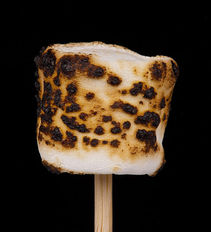
Exploration and Observation: Tasty Chemical Reactions!
On page 3 of The Best Christmas Pageant Ever, we learn that the Herdmans burned down Fred Shoemaker’s old broken-down toolhouse when they started a fire with Leroy Herdman’s “Young Einstein” chemistry set. Let’s do some chemistry that’s more fun and much, much safer! So what is chemistry anyway? It’s studying matter and how it reacts and […]